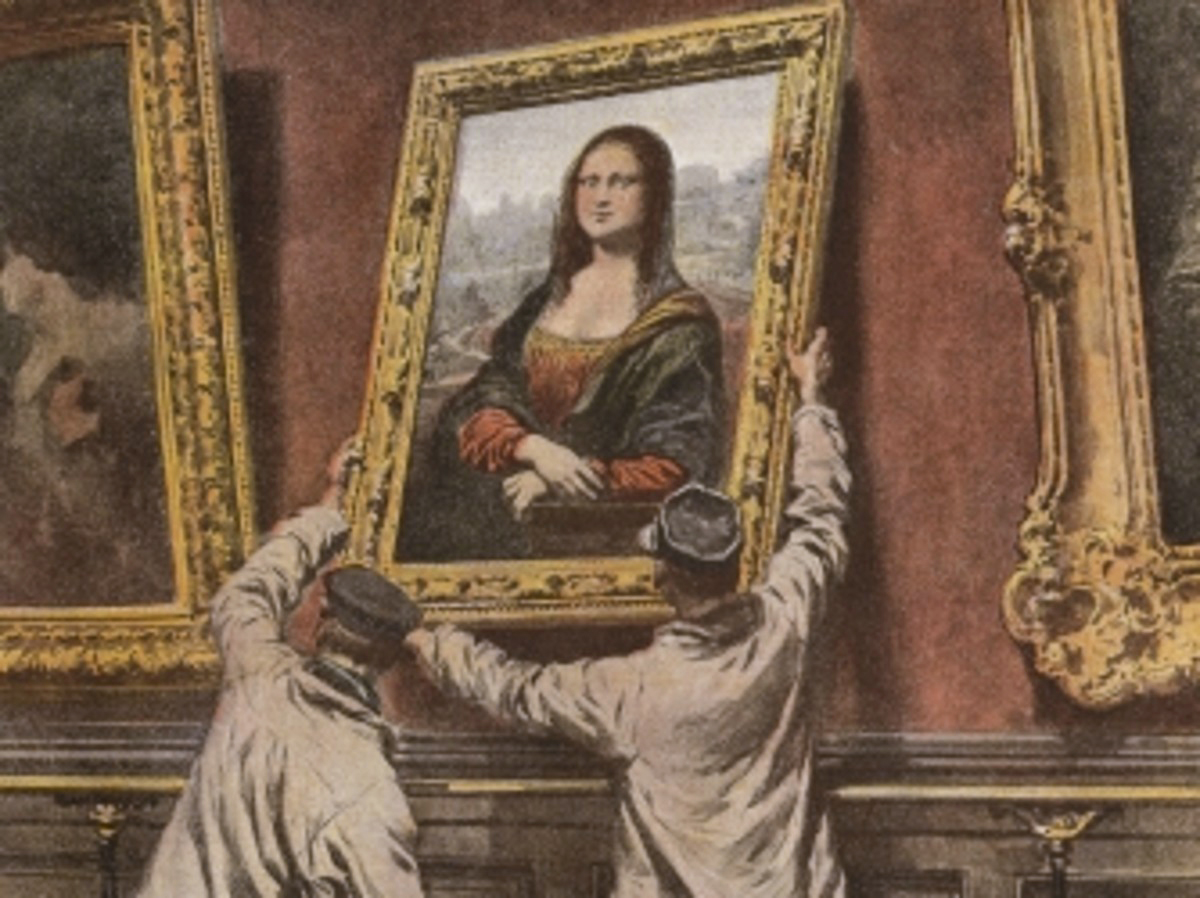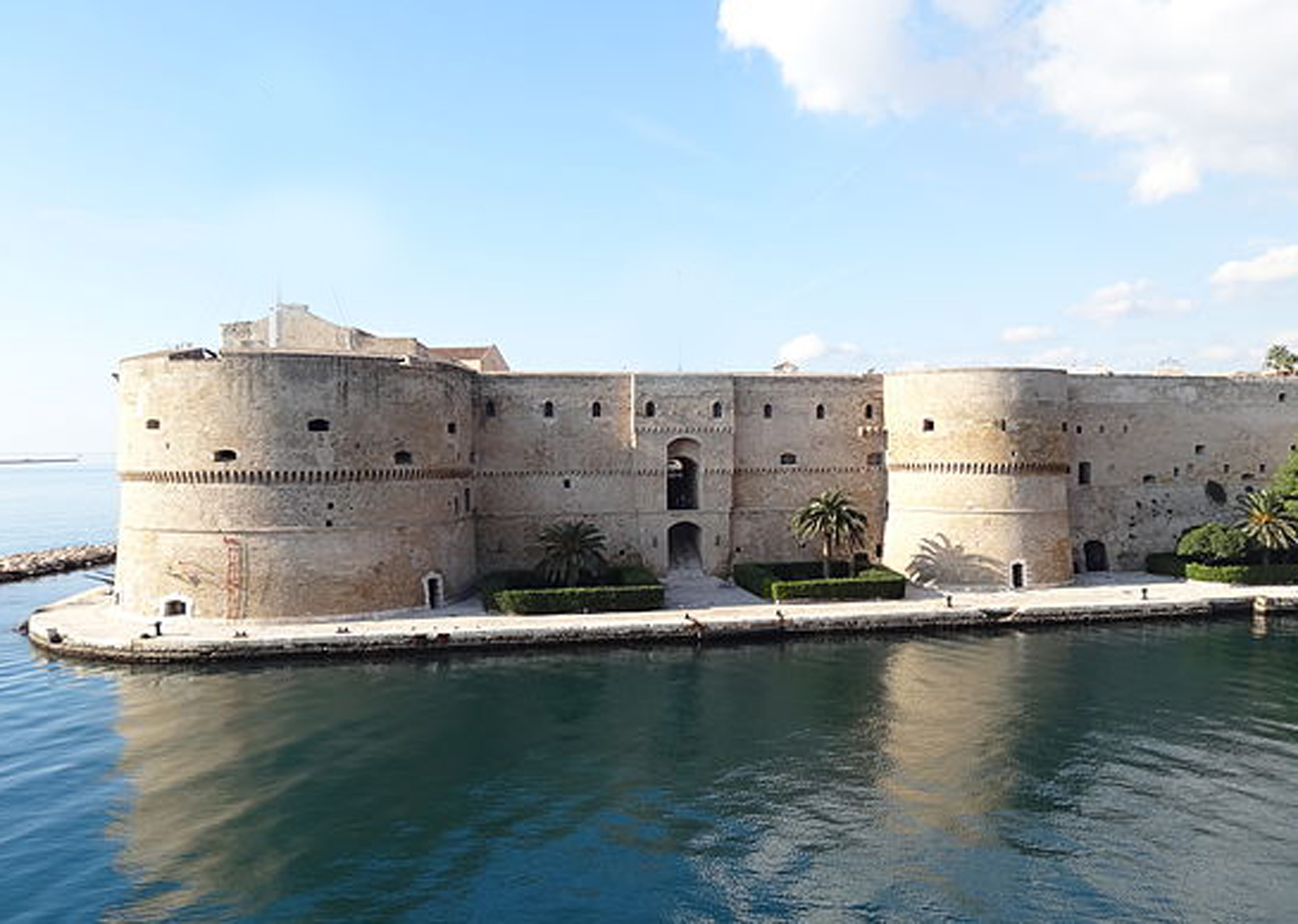Leonardo da Vinci, Michelangelo, Botticelli and Caravaggio were each brilliant artists, but each also included unexpected features in some of their works. These secret messages and subtleties within their masterpieces went unrecognized for centuries, making the works of art even more astounding than what meets the eye.
A prime example is a scientific secret hiding in one of the most famous paintings of all time. It resides on the ceiling of the Sistine Chapel, painted by Michelangelo, as God gives Adam the first spark of life. Everyone has seen the image many times, but did you ever notice that the flowing reddish-brown cloak behind God and the angels is the exact shape of a human brain? Once you view the cloak next to an image of the brain, it is virtually impossible to look at the painting the same way again. Researchers have even been able to pick out certain parts, such as the vertebral artery, represented by an angel beneath God, as well as and the pituitary gland. There are multiple theories as to why Michelangelo might have done this; but most suggest that the brain represents God imparting divine knowledge to Adam.


An angel with a bit of attitude can also be spotted on the Sistine Chapel ceiling. Pope Julius II, who commissioned the work, had many disagreements with Michelangelo, usually associated with the Pope denying payment to the artist. Michelangelo poked fun at his patron by painting the prophet Zechariah to look like Julius. That was neither a secret nor unusual at the time. Patrons of art works were often portrayed in the works they commissioned as onlookers, or even active participants in Biblical scenes. What was unusual about the Zechariah/Julius II was that one of the angels behind the figure is making a hand gesture called mano in fico. We now use it with children when we hold our thumb between two fingers while exclaiming “Got your nose,” but in the Renaissance it was used as a gesture of disgust when one felt that their request was inappropriately denied. Julius never noticed.

Another of the world’s most famous paintings is the Mona Lisa. Leonardo da Vinci painted his initials LV in her right eye. Even more surprising, in 2015, a scientist using reflective light technology claimed to have found another portrait of a woman underneath the image we see today. The consensus is that this was Leonardo’s “first draft” and that he painted over it to create his masterpiece. In addition to her hidden message, the Mona Lisa is also one of the most expensive items to ever have been stolen and remained missing for more than two years.
On August 21, 1911, 110 years ago, three men stole the Mona Lisa from the Louvre in Paris. After hiding in a closet all night, the men lifted 200 pounds of painting, frame and protective glass case off the wall. Stripped of its frame and case, the wooden panel was covered with a blanket as the men boarded a 7:47 am express train out of the city.
Before its theft, the Mona Lisa was not widely known outside the art world. Leonardo painted it in the early 16th century, but it was not until the 1860s that critics began to hail it as a masterwork of Renaissance painting. At the time of its theft, it was not even among the most widely known works of the museum, in fact, it was 28 hours before anyone noticed it was missing.
After the Louvre announced the theft, newspapers all over the world ran headlines about the missing masterpiece. The heist had become a national scandal. In France, there was a great deal of concern that American millionaires were buying up such masterpieces. At one point, American tycoon and art lover J.P. Morgan was suspected of commissioning the theft. Pablo Picasso was also considered a suspect and was questioned.
The three art thieves, brothers Vincenzo and Michele Lancelotti and their leader, Vincenzo Perugia, had brought the masterpiece back to Italy. Their intent was not entirely patriotic, but they intended to sell it to a wealthy Italian. With the notoriety associated with the heist, selling the work proved to be an impossible challenge. Twenty-eight months after he snatched it from the Louvre, Perugia finally tried to sell the painting to an art dealer in Florence. The dealer grew highly suspicious and alerted authorities, who arrested Perugia. With much fanfare, the painting was returned to the Louvre. Perugia pleaded guilty to stealing it and was sentenced to just eight months in prison. As a result of the theft, the Mona Lisa had become the most famous painting in the world and Perugia became a minor celebrity for bringing the painting back to Italy, if only for a short while.

Sandro Botticelli was a friend of Leonardo and once operated an inn with the Renaissance genius. It was a flop, but Botticelli, who is best known for his painting, The Birth of Venus, also had quite the affinity for plants. In his masterpiece Primavera, circa 1480, there are six female figures, two males and a cupid in the allegorical work. But it is the number of plants that are contained in the painting that are truly outstanding. Although not as recognizable as The Birth of Venus, Primavera has long been one of the most studied paintings of the art world.
Secrets Revealed in Painting
Measuring about seven feet high by ten feet wide, the tempura on panel can be found in the Uffizi Gallery in Florence. It was likely commissioned by a member of the Medici family and draws from a number of classical and Renaissance literary sources, including the works of the Ancient Roman poet Ovid. The painting is also believed to allude to a poem by Poliziano, the Medici house poet who may have helped Botticelli devise the composition. While most eyes are initially drawn to the figures, it is impossible to miss the great number of flowers and plants included throughout the painting. Botticelli painted the Italian flora with enough accuracy to make them recognizable to botanists and researchers have identified more than 500 different plant species in the painting, which include an astounding 190 different types of flowers.

Another Italian Renaissance work from a few decades before Primavera has attracted more attention during the past 70 years, than it had for the previous five centuries. Domenico Ghirlandaio’s work “Madonna with Saint Giovannino” has an object to the right of the Blessed Virgin that some say looks like an unidentified flying object. While it may be compelling for extraterrestrial believers, a closer look reveals that there are a man and a dog looking up at the object. Sorry UFO enthusiasts, the man is a shepherd and image is a representation of a passage from the Gospel of Luke “Shepherds abiding in the field keeping watch over their flock by night. And lo, an angel of the Lord come upon them and the glory of the Lord shone round about them.”

Finally there is Caravaggio painting in which he painted a portrait of the Roman god of wine, Bacchus, in 1595. It was not until a century ago that an art restorer recognized that after removing centuries of built up dirt, that the artist had included a small self-portrait in the work. In the glass wine jug in the bottom left-hand corner, a small image of Caravaggio sits in the tiny light reflection on the surface of the wine. Who knows how many other hidden and secret features lie hidden in plain sight by these and other Italian masters?






